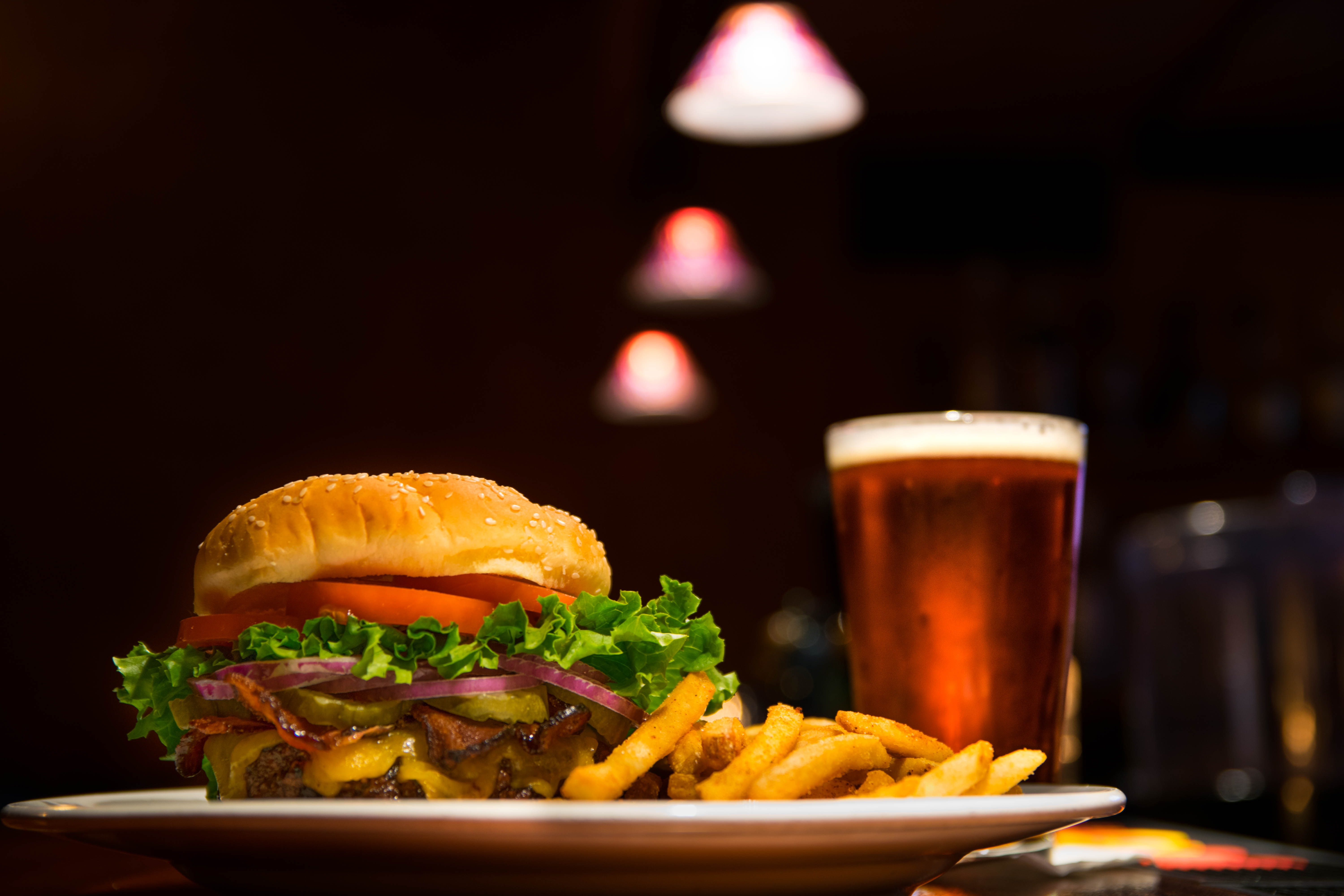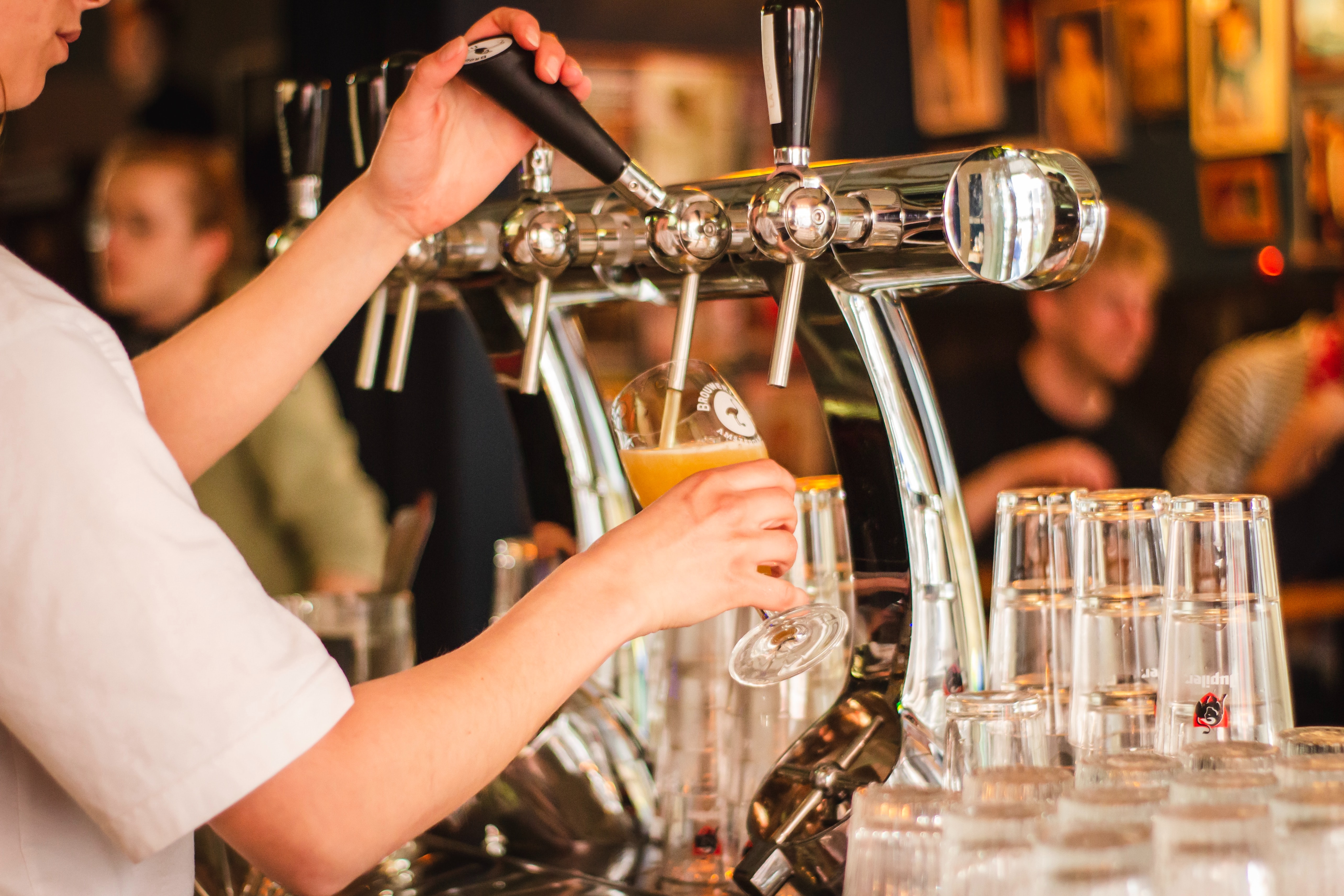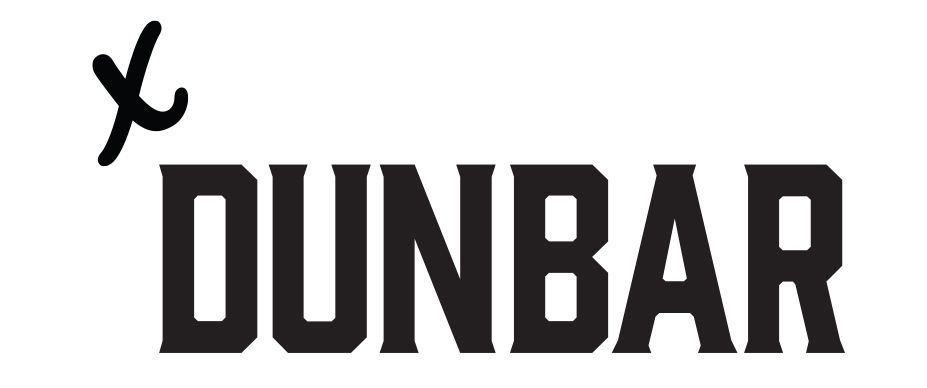5 - Five Senses: The Aroma Of Beer
03 Jan 2022
This series of five articles explores how you can experience your beer with all five of your senses. When you slow down, pour it into a glass, and approach it from different angles, you’ll find it can boost your enjoyment of beer and bring more satisfaction than just throwing it down your throat.
Of course, don’t let anyone tell you that you ‘should’ drink your beer a certain way. Drink it however you enjoy it - that’s the whole point! But if you’d like consider how to explore beer with all five senses, and how to talk about what you’re experiencing, then read on.
________________
Drink with your nose
No, this isn’t a new trend of pouring a pint into your nostrils (although some of us have accidentally take a sip that way before). It’s about appreciating the abundance of aromas wafting off the top of your beer.
Your sense of smell and sense of taste work together to communicate what we perceive as ‘flavour’ to the brain. It might surprise you to hear that your sense of smell is doing the lion’s share of the work - it’s estimated that about 75-95% of what we perceive as ‘flavour’ comes from our sense of smell.
But we’re not here to talk about the mechanics behind your sense of smell. What’s important is knowing that aroma plays a huge role in our enjoyment of beer, so we’d be foolish to ignore it!
What am I smelling?
Of the four ingredients that make up most beers - water, malt, hops and yeast - three of them can contribute to the aroma. (If you can smell the water, there’s a problem!)
Smelling malt
Lighter malts such as Pilsner malt and ale malts generally smell like grain products.
If you pick up an aroma of bread coming from your Bondi Draught, or a whiff of biscuits from Springside’s Gorgeous George Pale Ale, that’s the malt you’re smelling.
Crystal and caramel malts have been produced in such a way as to caramelise the sugars in the grain, so the aromas they bring include sweet toffee, caramel and even dark fruit notes. You can thank them for the rich aromas of English-style beers such as Dunbar EPA, and for bringing their sweet complexity to bear on the aromatic hops of some IPAs like Runaway IPA from Local Brewing Co.
Dark malts are responsible for the chocolate and coffee notes floating off the top of your dark ales, porters and stouts
And I’ll leave you to figure out what smoked malts add to a beer’s aroma!
Smelling hops
While hops have been used in beer for hundreds of years, most of the hop aromas that craft brewers aim for - and craft beer drinkers expect - are quite modern.
The floral, spicy and earthy characteristics of older hop varieties can still be found in more traditional lagers such as Shark Island Lager or Hannan’s Lager from Mash Brewing.
Descriptors such as ‘piney’, ‘resinous’ and ‘dank’ (which makes more sense when you learn that hop plants are cousins to cannabis) may not be used often for foods and drinks, but if you inhale within six feet of Exit’s Double IPA you’ll understand the association.
More familiar to the realm of food are aromas that bring to mind various fruits. Sometimes brewers and drinkers use loose terms like ‘tropical’ to describe what they’re smelling, but you might also pick out more distinct smells - the passionfruit and mango in Your Mates’ Larry, the pineapple in Stalwart’s Sacred Chief, the stonefruit and citrus in Badlands’ Inland Ale.
These characteristics all come from different varieties and uses of those versatile little hop cones.
Smelling yeast
Without yeast, beer would just be bittersweet water - these tiny helpers create the booze and the bubbles that make beer what it is. Depending on the yeast strain and how they’re treated during the brewing process, they can also produce other byproducts that add aroma and flavour to the beer.
There are yeast varieties designed to provide a clean or neutral profile - that is, they don’t add aroma and flavour, but just stay out of the way and let the other ingredients do the talking. In many of your favourite crisp lagers, pale ales, XPAs, IPAs and stouts, you’ll enjoy the aroma of malt and hops but you won’t detect the yeast. It’s the silent partner.
This isn’t to say there’s never any yeast character in any of these beers. Even if you can’t describe the aroma, you might find that Grassy Knoll’s Valley Lager transports you to a Munich beer hall, and the German yeast strain they used probably has something to do with it. And many hazy IPAs use yeast strains that add their fruity notes to the already aromatic hops for a tropical explosion.
But there are other more distinct characters to be explored in yeast as well. You’ll sniff the banana and clove notes in a Cubby Haus Weizen and realise it’s definitely not malt that you’re smelling. Or you’ll pick up a fragrant fruitiness in a Southside Saison from Bells Beach and it’s not like any hops you’ve ever smelled.
Mix & Match
Since beers contain multiple ingredients and our noses are capable of picking up around ten thousand different aromas, don’t expect the smell of your beer to be one-dimensional. See if you can put words to the intermingling intricacies floating off your beer - your NEIPA might smell like a summer fruit salad, your red IPA like burnt orange toffee, and your porter like rum raisin chocolate. Follow your nose.













